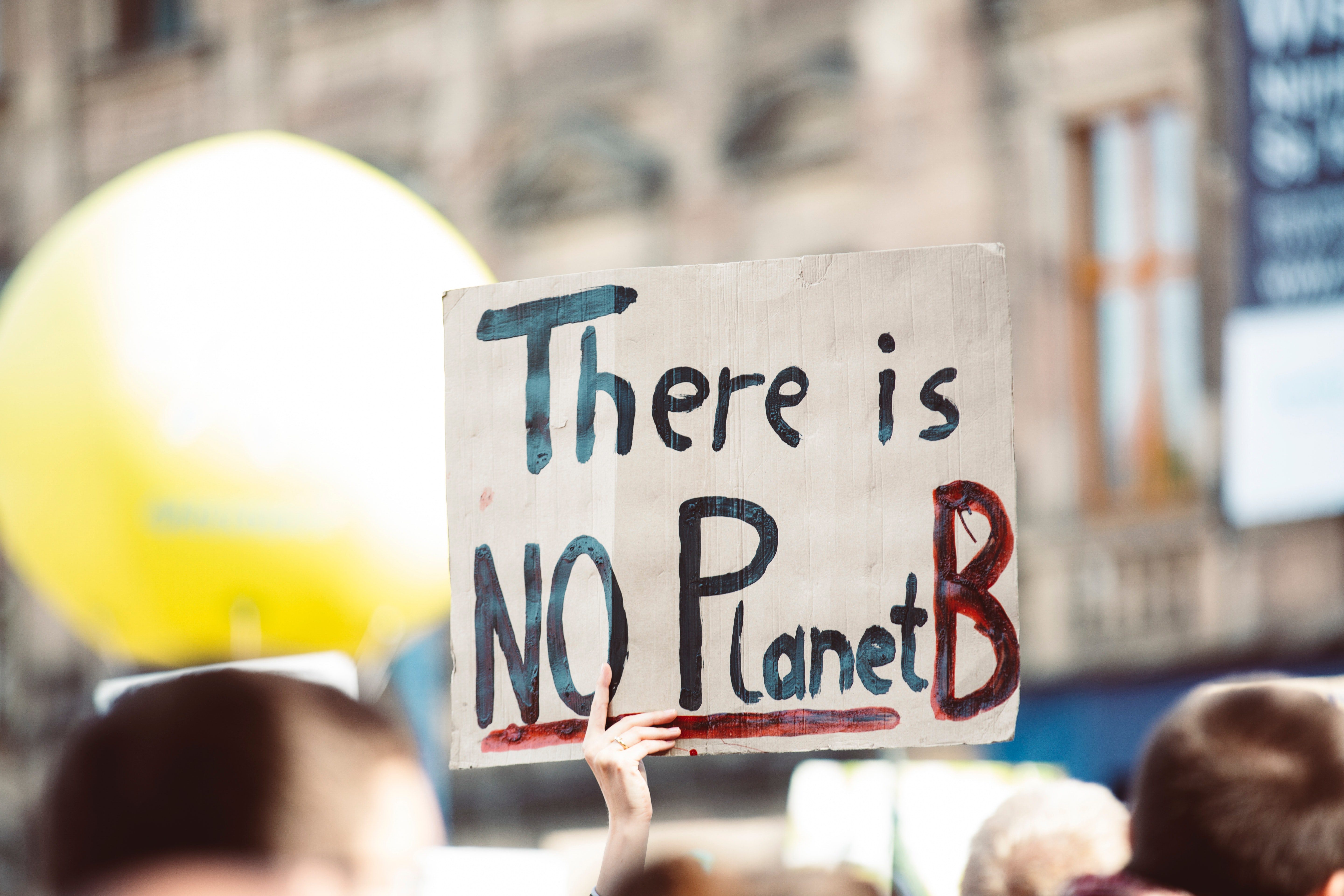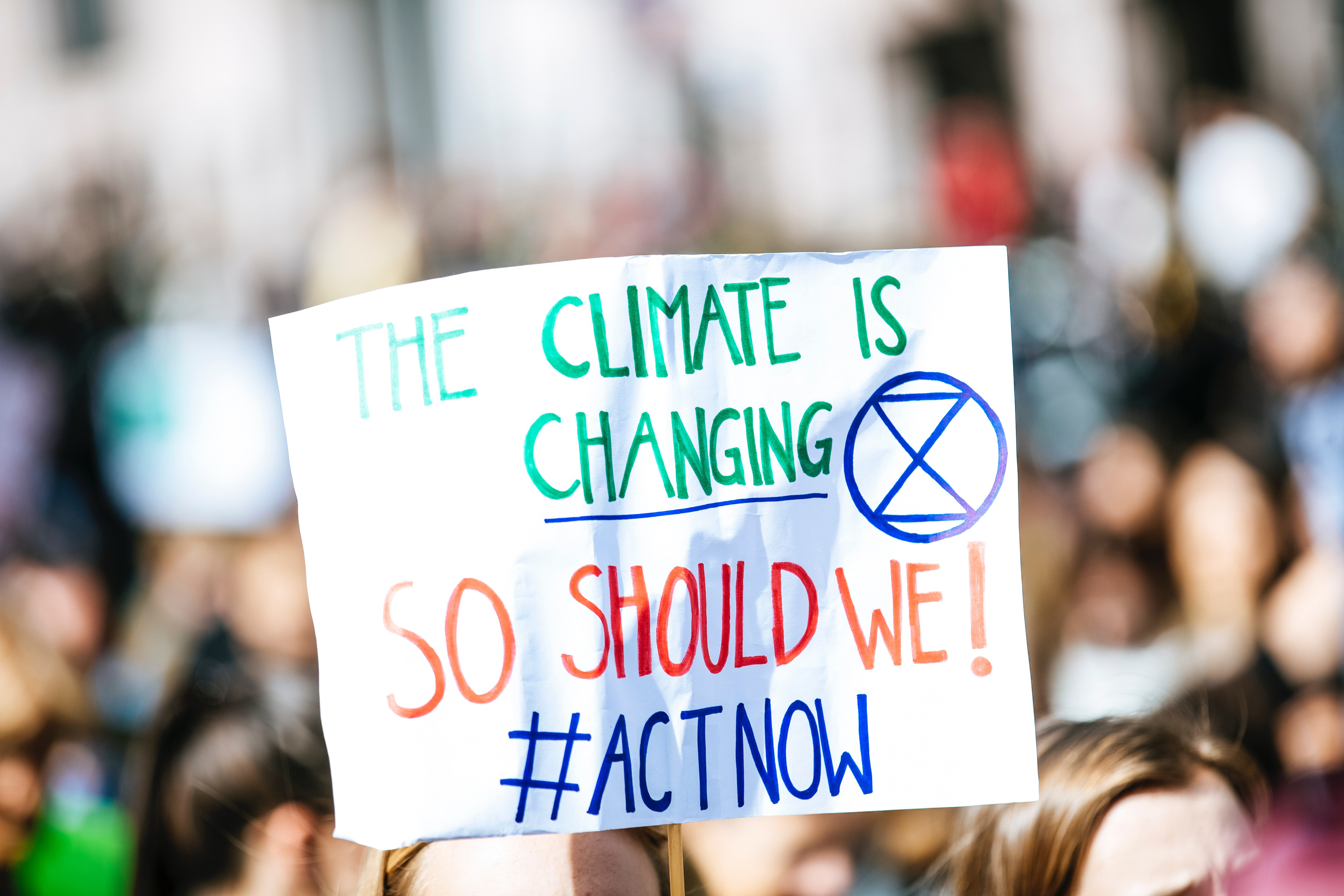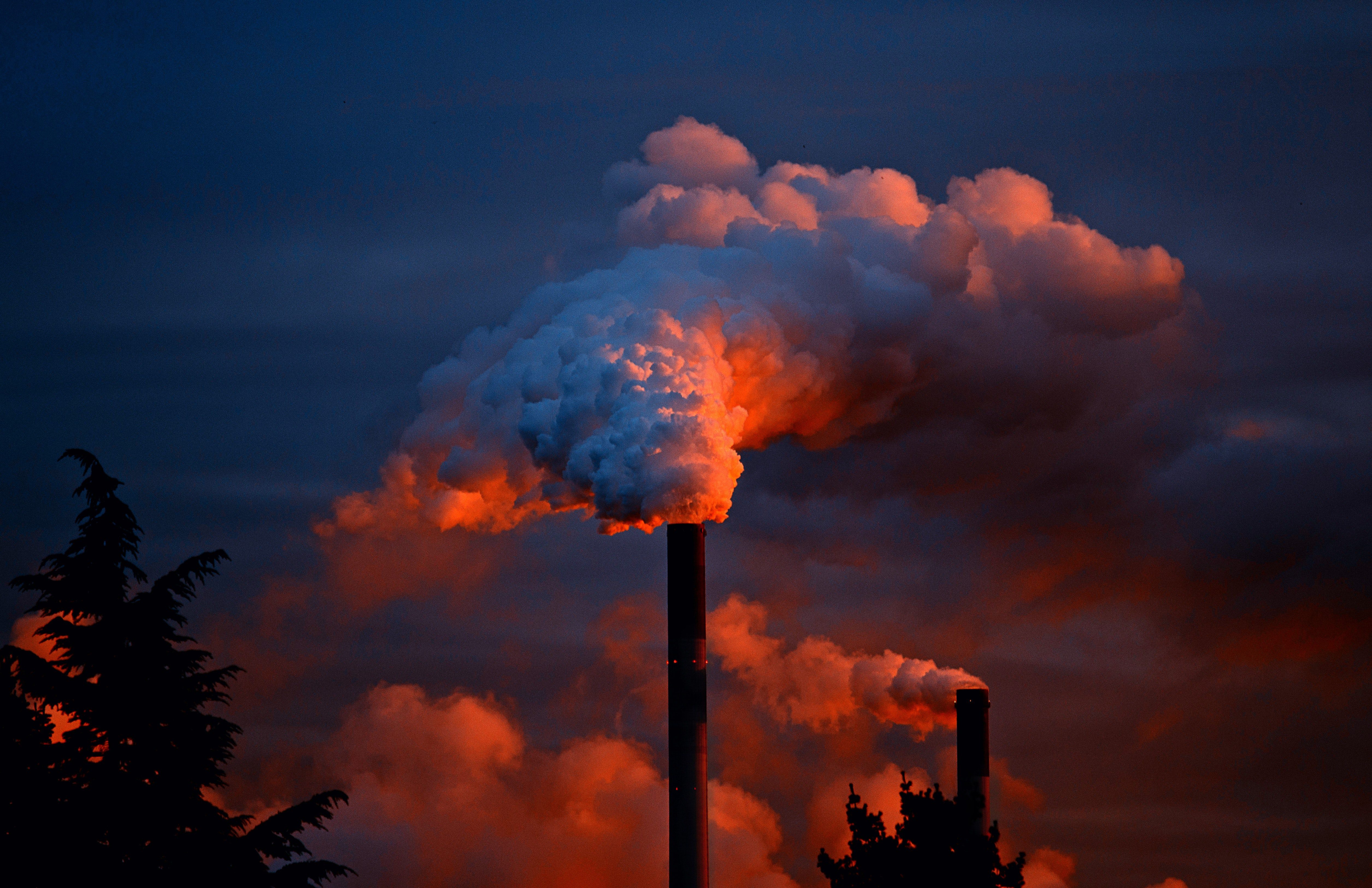
Global Warming and Climate Change – Raising Public Awareness
It is vital to become aware of global warming and climate change and make other people aware of it.
What is the difference between Global Warming and Climate Change?
“Global warming” refers to the rise in global temperatures due mainly to the increasing concentrations of greenhouse gases in the atmosphere. If greenhouse gas emissions keep increasing, the planet will reach a point of no return. Global warming will become catastrophic and irreversible.
“Climate change” refers to the increasing changes in the measures of climate over a long period of time – including precipitation, temperature, and wind patterns

What are the impacts of Climate Change and Global Warming?
- Threat to health, land degradation, decreased crop yields and food supplies, and loss of livelihoods
- Pollution, ocean acidification, loss of biodiversity and habitats, extinction of some species
- Disruption of water supplies, coastlines, forests, culture, heritage and economy
- Irregular seasons and extreme weather
- Natural disasters such as wildfires, floods, draughts, hurricanes, tsunamis; rise in sea levels.
What can I do to reduce Global Warming?
We can slow down climate change and its consequences if we collectively rethink our practices
Plant trees.

- Trees are the most powerful weapon to fight climate change.
- Our climate is dependent on a balance between carbon dioxide and atmospheric oxygen.
- Carbon dioxide is one of gases that trap heat in the atmosphere. The trapped heat accelerates and sustains global warming, which in turn leads to climate change.
- As trees grow, they help stop climate change by removing carbon dioxide from the air, storing carbon in the trees and soil, and releasing oxygen into the atmosphere.
- Increased oxygen in the atmosphere displaces carbon dioxide and, allows less sunlight to reach the earth. Reduced sunlight contributes to Global cooling.
- Oxygen also enables the survival and thriving of life forms that consume carbon dioxide. This in turn leads to a cooling of the earth’s surface.
Protect forests

Many rivers have their sources in forests because forests are water catchment areas. A forest is a group of trees that are growing together over a large area. The practice of developing new forests or managing and maintaining already existing forests is referred to as Forestry.
In addition to their role in the fight against climate change and global warming, forests also assist in retention of moisture in the atmosphere. Non retention or reduced moisture is one of the leading causes for draughts. Draughts (reduced rainfall) causes rivers to dry up, death of animals, fish and plants, water shortage and reduced agricultural output (starvation, malnutrition, famines and diseases).
Trees also contribute to soil fertility when leaves fall and turn into humus. They reduce soil erosion when roots bind the soil particles together. Trees are also home for animals, insects and birds
Many indigenous forests are primary sources for medicines and commercial forests produce timber to build houses, fencing posts, and raw material for among others furniture, pulp and the paper industry.
Many cultural sites such as shrines are also largely found within forests.
Change your home’s source of energy.
Reduce the use of charcoal and firewood as sources of heat for cooking and lighting. Charcoal and firewood contribute to destruction of trees and reduced forest cover, which in turn leads to increased carbon dioxide in the atmosphere. Some realistic options may include adoption of bio-gas and electricity as primary sources of heat for cooking and lighting.

Change from dependency on fossil fuels to renewable sources of energy, such as wind or solar. This can reduce your carbon footprint by up to 1.5 tons of carbon dioxide per year.
Change how you travel
- Shift from transportation that is depended on fossil fuels. Some options may include the adoption of Electric vehicles
- Whenever possible and practical travel in “zero emission vehicles,”, for example, bicycles
- Share a ride with others, carpool, take a bus or train
- Telecommute
Get your community involved
Join and support Eco Green Initiative events and programs. Talk to your family, friends, relatives and neighbors about how climate change and global warming affect our environment, economy, culture and generally our livelihoods. Then develop community strategies and plans for mitigation that are practical and sustainable. For example, your community can start tree planting projects, while the neighborhood school can shift from depending on firewood for cooking to school-produced bio gas. Other community-based mitigation can include building of gabions on rivers to raise ground water tables
Task our leaders to priorities mitigation of climate change
Demand that our leaders recognize that there is no greater threat to humanity than climate change, and that they take action on climate change so as to safeguard our health, preserve our prosperity, and protect the future of our children.
“Climate change does not respect borders; it does not respect who you are – rich and poor, small and big ~ Ban Ki-moon.

What are greenhouses gasses?
Greenhouse gases (also known as GHGs) are gases in the earth’s atmosphere that trap heat. The main gases responsible for the greenhouse effect include carbon dioxide, methane, nitrous oxide, and water vapor (which all occur naturally), and fluorinated gases (which are synthetic).
Fluorinated gases (for example Hydrofluorocarbons, perfluorocarbons, sulfur hexafluoride, and nitrogen trifluoride) are emitted from a variety of household, commercial, and industrial applications and processes.
What is Greenhouse Effect?
Energy from the sun drives the Earth’s weather and climate. The Earth absorbs some of the energy it receives from the sun and radiates the rest back toward space. However, greenhouse gases absorb some of the energy radiated from the Earth and trap it in the atmosphere. These gases essentially act as a blanket, making the Earth’s surface warmer than it otherwise would be. While this “greenhouse effect” occurs naturally, making life as we know it possible, human activities in the past century have substantially increased the amount of fluorinated greenhouse gases in the atmosphere, causing the atmosphere to trap more heat and leading to changes in the Earth’s climate.
What is the major cause of global warning?
Global warming is caused mainly by increased amounts of fluorinated greenhouse gases to those naturally occurring in the atmosphere
What are the reasons for increased amounts of greenhouse gases in the atmosphere
Additional greenhouse gases in the atmosphere are caused by reduced forest cover and the burning of fossil fuels such as oil, gas, and coal. When burnt, fossil fuels release carbon dioxide into the air, causing the planet to heat up.
How do Greenhouse Gases affect the climate?
During the day, the sun shines through the atmosphere, warming the earth’s surface. At night, earth’s surface cools, releasing heat back into the air. But some of the heat is trapped by the greenhouse gases in the atmosphere. The trapped heat increases temperatures, which ultimately lead to global warming


